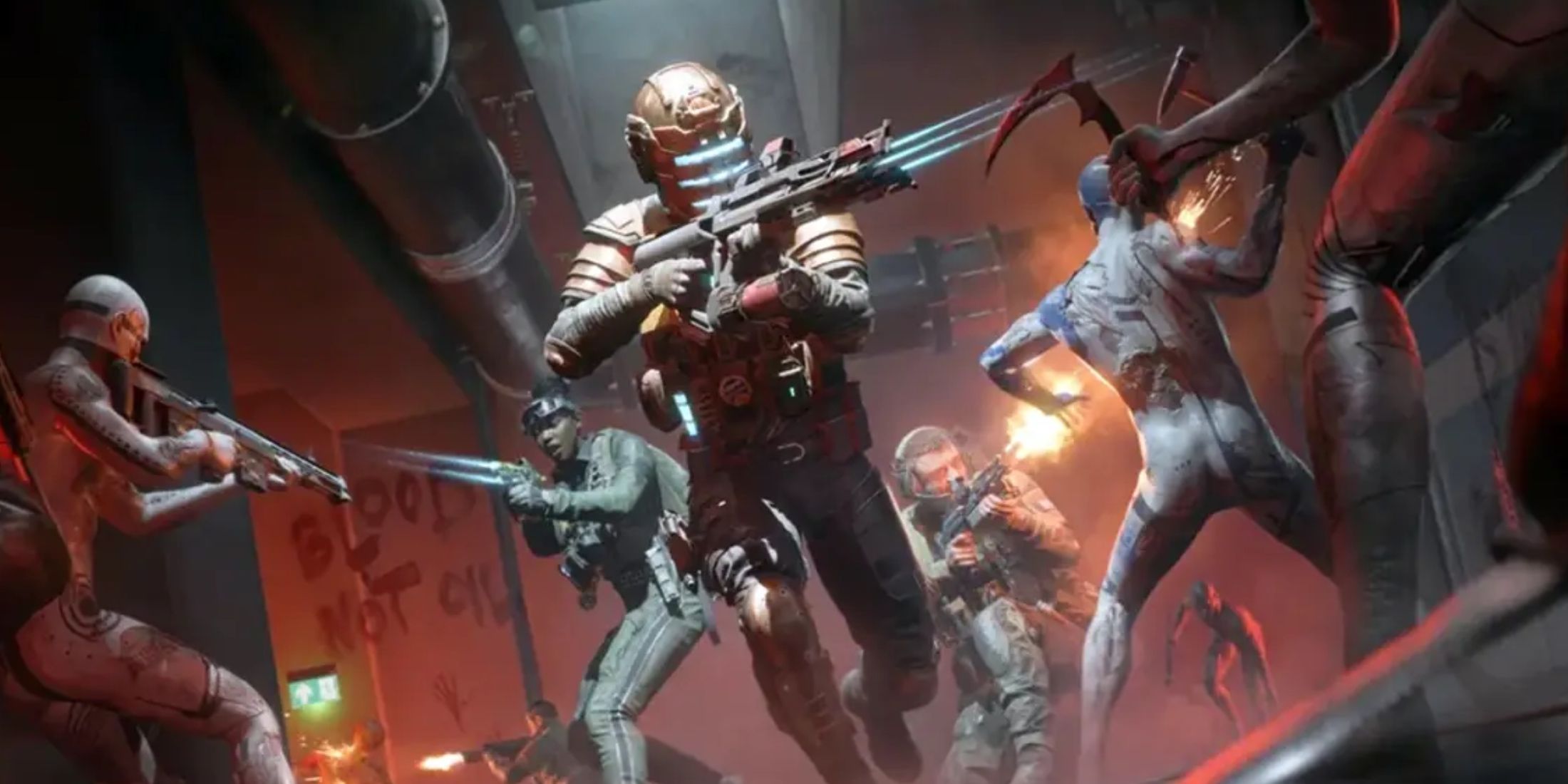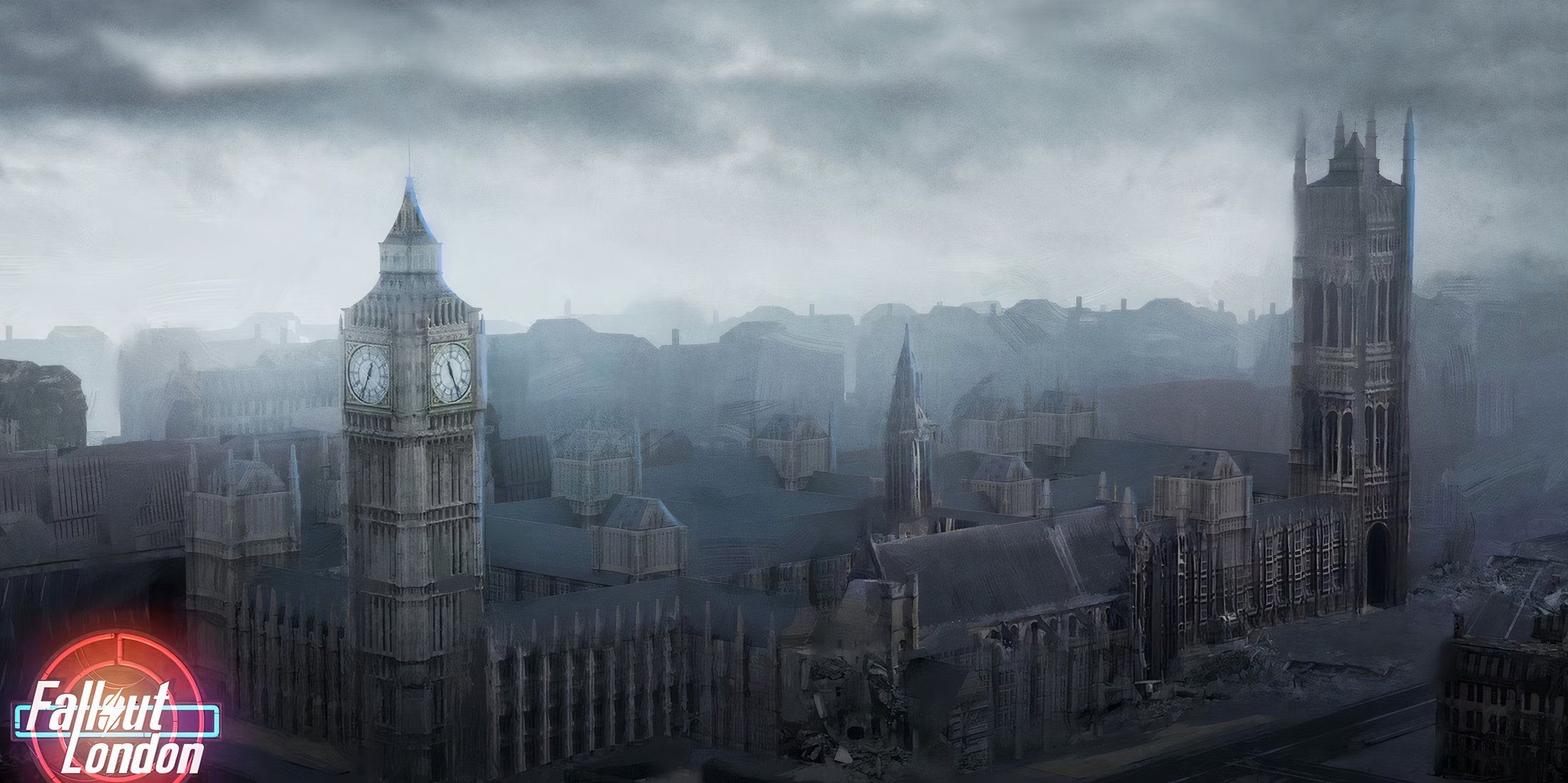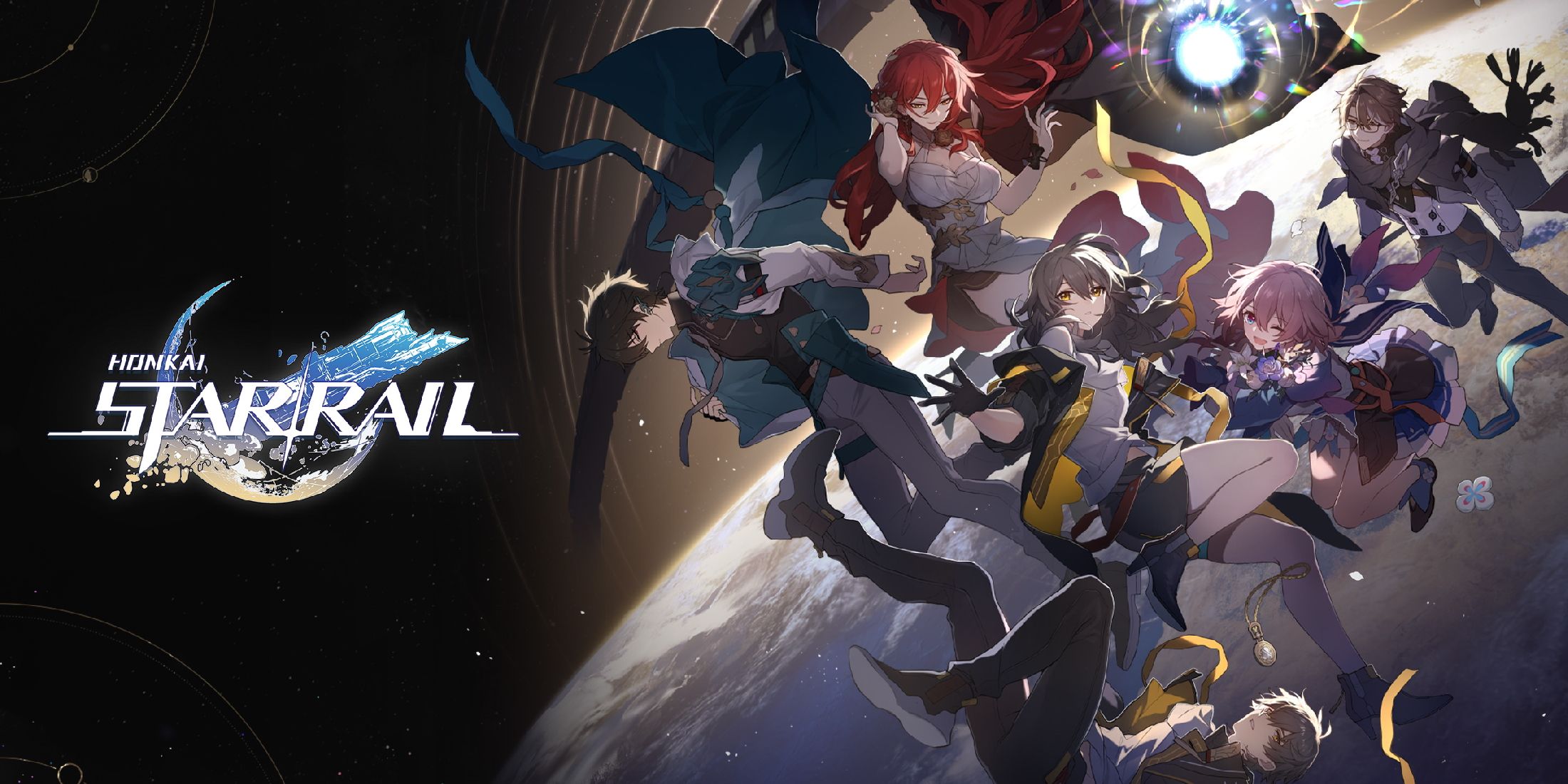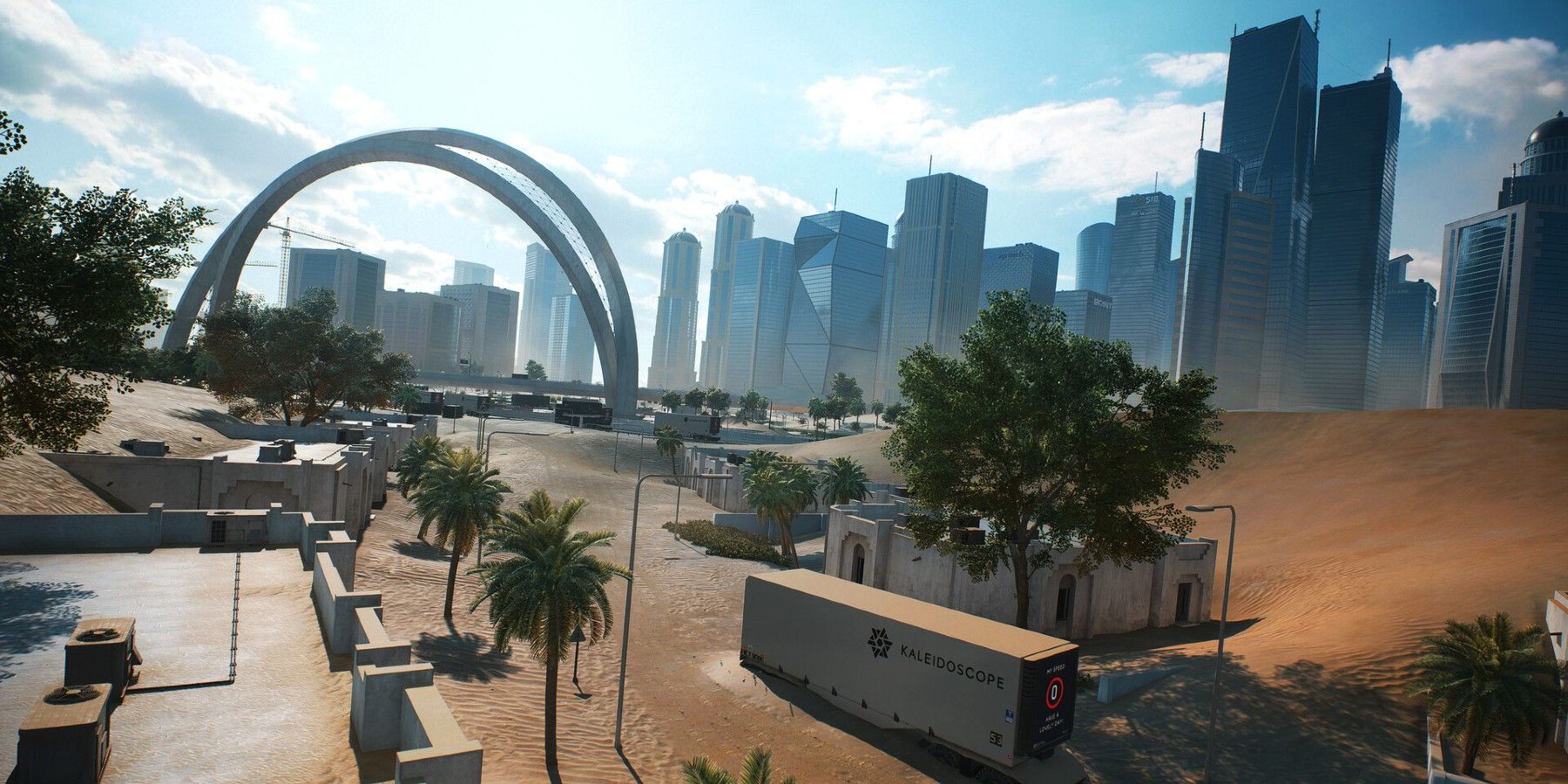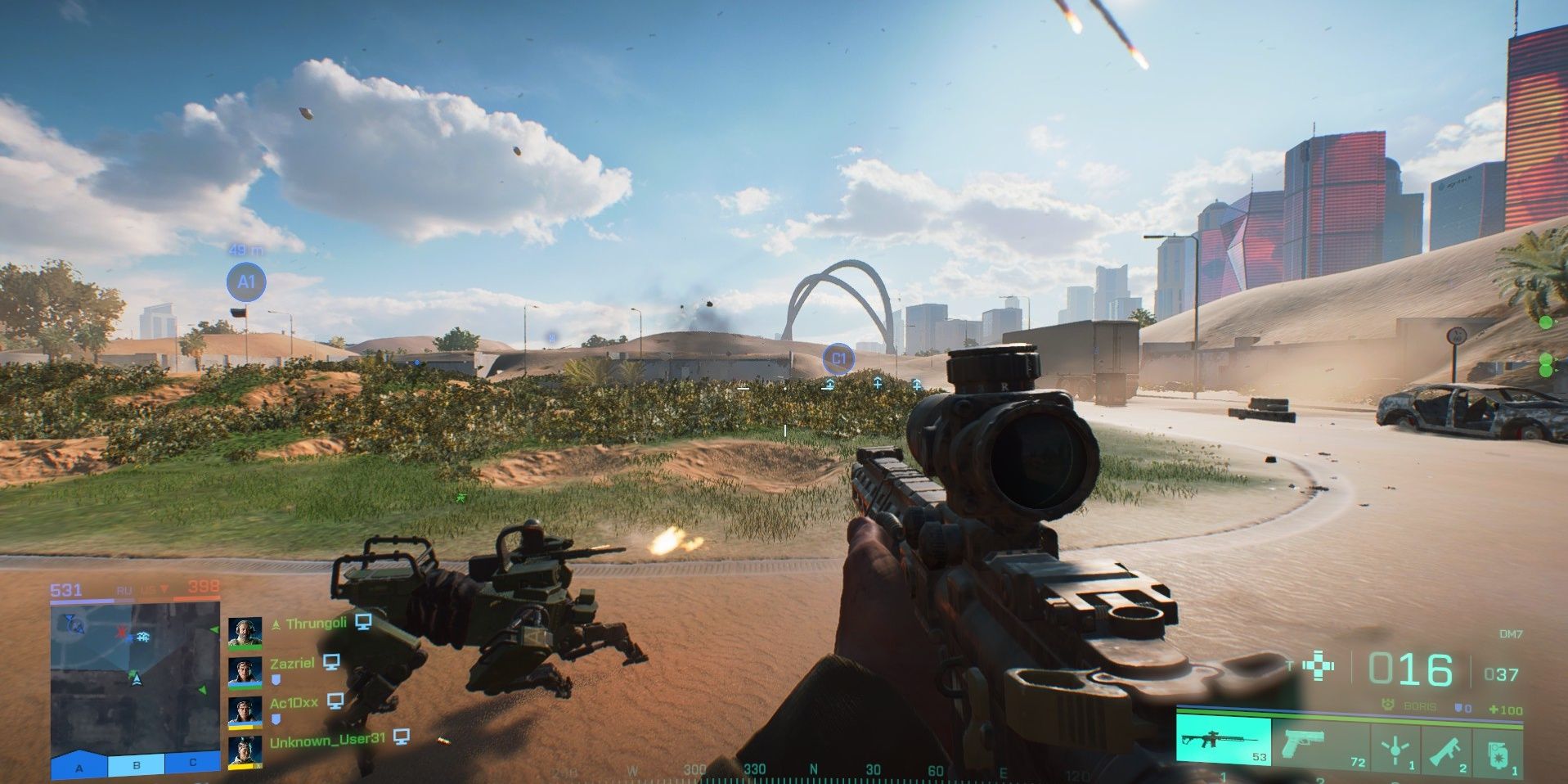One of the more important aspects of any first-person shooter is its map design. After all, these are the game spaces in which players will be spending most of their time, whether in single-player campaigns or online competitive multiplayer. Battlefield 2042 notably had a bit of a sour reception at launch because several maps felt too large or lacked cover, and one of the most common frustrations was players getting downed at spawn. As part of the year-long map redesign process for Battlefield 2042, DICE's level design team has taken these frustrations to heart and emphasized the utility of these spaces in their rework.
During a recent Game ZXC interview, DICE producer Nika Bender and lead level designer Shashank Uchil discussed the motivations behind reworking the launch maps over providing players with new spaces, along with some of the biggest challenges inherent in the redesign process. The primary goal of the map redesign, according to the team, was to ensure that players were experiencing the best possible version of the game as DICE had originally intended. With more new maps likely on the way in Battlefield 2042's season 6, it will be interesting to see how the team's design philosophy carries over.
Battlefield 2042's Hourglass Map Represents the Culmination of DICE's Rework
The cornerstone of the team's process in reworking each of Battlefield 2042's launch maps was player feedback, with DICE implementing a variety of ways to both collect and filter through feedback to determine a big-picture look at player sentiment regarding the in-game spaces. According to DICE lead level designer Shashank Uchil, part of the challenge in redesigning these spaces came from needing to correlate player sentiment with actual telemetry regarding how players engage with Battlefield 2042's mechanics in each map. As Uchil puts it,
"...you can just call in vehicles whenever you want and then you can go from A to B. But then what we saw is players didn't see it the same way we saw it".
In order to meet player expectations, the team started by redesigning some of the smaller maps like Kaleidoscope and then using the insight gained throughout to drive the process moving forward. Uchil notes that "Kaleidoscope was more of an easy one because it's a small map, we can try out something and see how it works." From there, the team saved Battlefield 2042's Hourglass map for last thanks to it representing the biggest challenge for the team. Again, the primary obstacle faced by the team was finding the right balance of size while also understanding that the map might not cater to both infantry and vehicle players. According to Uchil,
"We're okay with saying some maps are going to be tilted towards infantry, and some maps like the Hourglass rework is still quite a big map."
Even with the redesign completed, Hourglass remains one of Battlefield 2042's largest maps, but the scaling back of that size and shrinking of wide-open spaces has also led to improved player perception. This comes at the cost of some of the level's design assets, which again Uchil notes that the team is ok with thanks to it improving the map's utility,
"...we like the stadium. It's a very expensive asset to have in the game, but...it is so challenging to fix that level. We had to chop something as significant as the stadium to make it work."
Battlefield 2042 is available now for PC, PS4, PS5, Xbox One, and Xbox Series X/S.

